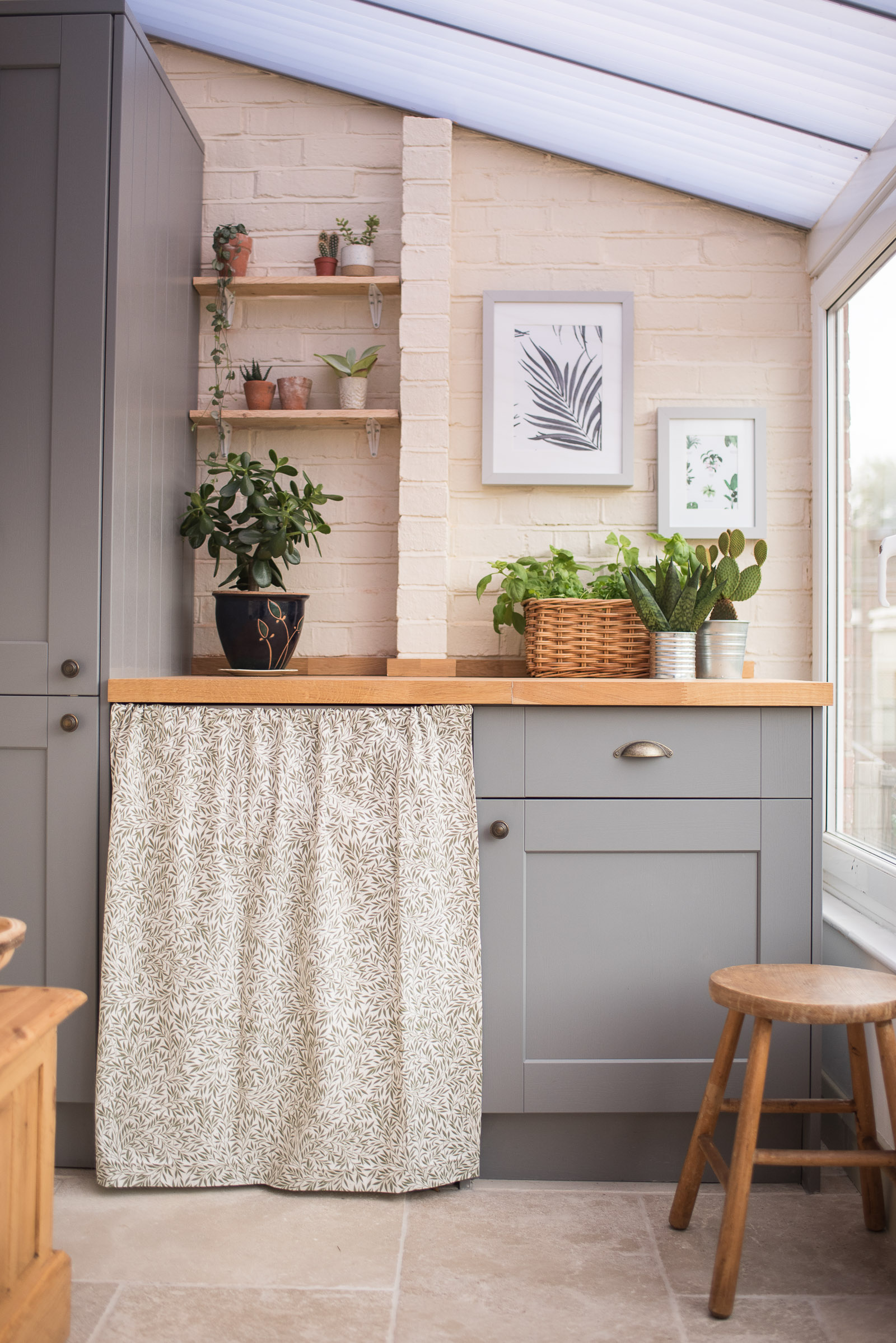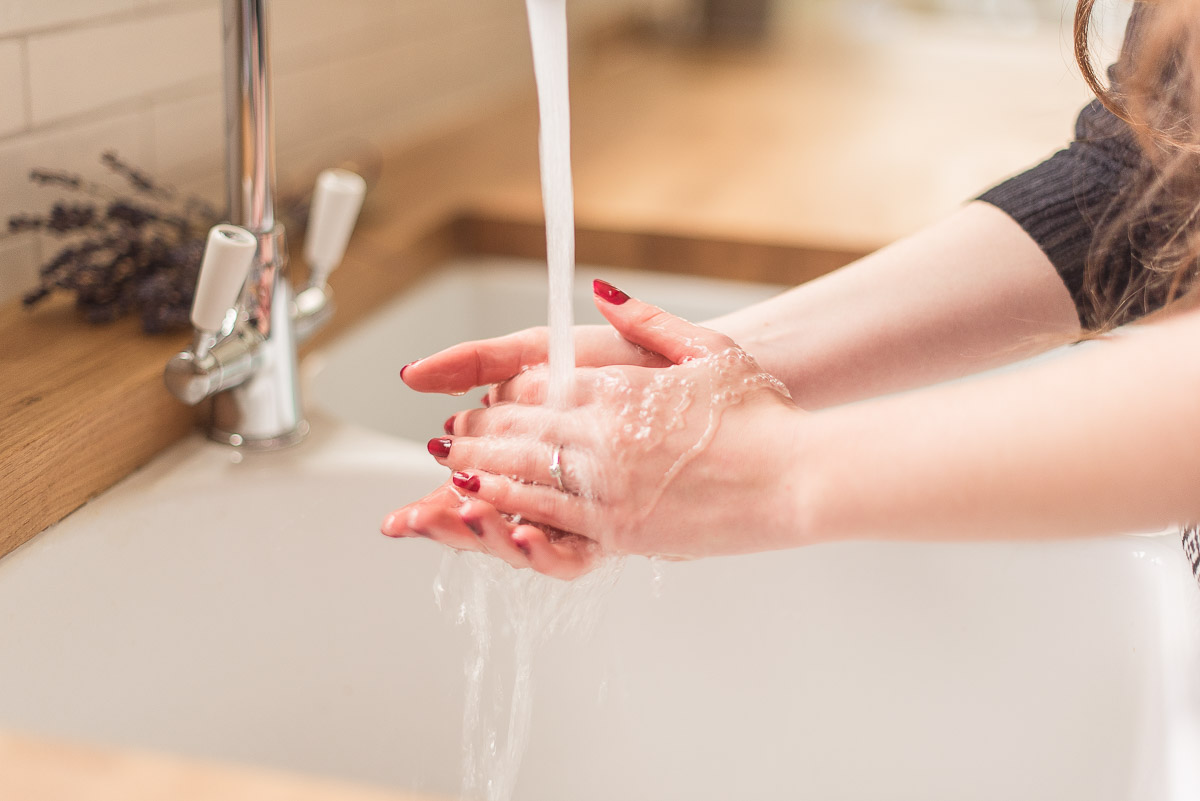10 ways to reduce the eco-footprint of your home renovation
A topic close to our hearts, we’ve gathered our top tips for an eco friendly renovation. So if you’re fixing up a house and you’re mindful of the environmental impact you’ll be having on the planet, read on…
There’s no getting away from it, renovations do have an environmental impact but there are ways to make a house renovation a little more eco-friendly. By employing a few handy tips, you can not only limit the potentially harmful impact of your renovation but also future proof your home, making it more sustainable in the years to come.
Choose to do your renovation in summer months
This tip may seem like an obvious one (for the sake of comfort) but when you think about it, renovations mean a lot of open doors and windows which also means a lot of energy loss.
Whether you’ve got workmen going in and out, you’re running back and forth to the tip or you’re just trying to let out the paint fumes, your house will inevitably become a wind tunnel. This ultimately results in whacking on the heating so your hands don’t freeze whilst trying to paint ceilings! More heating not only means bigger bills but also, you guessed it, a bigger carbon footprint. Choosing to base your project around the warmer months can make savings on your energy consumption, it’s a more eco-friendly renovation tip and it also has big improvements to your own comfort!
Reduce your waste
Out with the old and in with the new, right? It’s so easy to forget the environmental dent you’re making when you’re throwing old tiles, scrap wood and rubble into a skip. Everything that comes out of the property needs to go somewhere but more often that not, it all ends up in landfill which is a big no-no if it’s important to you to renovate a house in an eco friendly way.
Sometimes, it’s more sensible to admit when something has reached the end of its useful life, but many things such as kitchen cabinetry, old tiles and sometime even paint can be recycled, freecycled or sold on for a tidy little profit. If you’re careful enough to keep these things in one piece, they can find a new home and avoid hundreds of years rotting away in landfill.
A kitchen renovation is the prime project to consider eco friendly solutions as even taps, old units, appliances and sinks can be sold or reused on another project.
The paint you choose matters to the environment
Sure, we’re all tempted by huge tubs of budget emulsion. But you don’t often hear about the harmful impacts of all the nasty chemicals in paint, both for your health and for the environment.
Think about every time you’ve rinsed your brushes and rollers in the sink, all those chemicals going straight down the sink. Opting for low VOC (volatile organic compound), 100% water based paints will make for a healthier painting experience and also minimise the nasties you’re releasing into the atmosphere.
Big brands such as Farrow & Ball offer low VOC ranges that are planet safe. While it may be extra expense to source from a reputable paint brand offering environmentally friendly alternatives (see Crown, Valspar and Painthouse for further options) it’s worth seriously considering eco paints, especially, if you are painting a child’s room or nursery.
Furnish your home with pre-loved items
Choosing to furnish your home with recycled items is not only an eco-friendly choice but also very on trend at the moment. Reclaimed flooring can add a unique touch to any room in the house and has a nice story behind it, rather than a shop-bought alternative.
It’s worth noting that people are selling off-cuts of worktops that can easily be sealed and stained. We used the off cuts from our kitchen worktops for our utility room. Imagine how much you’ll save going with previously used, say, marble. Top the look off by searching recycled wood planks or old pallets for a DIY shelving or coffee table project. If you’re in need of some inspiration, have a look at this open plan kitchen diner ideas post for some gorgeous examples of recycled furnishing.
Say no to nasty chemicals
From washing brushes to removing overspill, the chemicals we use in the cleaning process are definitely not nature’s friend. White spirit, wall paper stripper and heavy duty brick cleaner are all harmful to skin so image what they do when they’re flushed away!
Thankfully, there’s plenty of more natural options out there such as clean spirit and using a wallpaper steamer to aid the removal of tough build up. If you’d rather shop with your local hardware store, ask them if they can order in something similar. You might also just save yourself a nasty skin reaction.
Remove your rubbish responsibly
Load after load, the refuse from a home renovation piles up quickly. It’s all too easy to become highly familiar with your local recycle centre or tip, so the driving miles add up. After limiting what you choose to throw, try to condense your rubbish into just one skip or van load so as to make only one trip and limit unnecessary car emissions. Some companies such as Clearabee even specialise in offsetting waste and planting trees.
…and now let’s look at efforts you can make to make your house more eco friendly whilst you’ve got the sparkies in and the plaster work isn’t done yet…
Install solar panels
A home renovation is the best opportunity to install solar panels to your property. We admit that they’re not a cheap investment but they pay their way after not-too-long and earn big points on the environmental side. Be careful when considering if your property has the right aspect to attract necessary sunlight. A consultation with a local installer is a great place to start and should be able to advise you. While we don’t have solar panels on our house yet, we are really keen to get them installed one day.
Measure the energy you’re using, and get savvy
We chose to install a smart meter in our 1930’s semi-detached house. While some people would rather use old fashioned metered energy, smart meters can be a super useful indicator of exactly what you’re using each day and how much it’s costing you. With this in mind, you’re far more likely to be more conscious of that extra hot water boost or longer wash cycle. All in all cutting down on energy usage in your new eco-friendly home.
Go a step further by opting for a green energy supplier which uses renewable or ethical energy sources for your home. Comparison sites are a great way to tell what’s available in your local area.
Don’t scrimp on insulation
While you’re in the process of dealing with walls, roofs and other big decisions in your renovation, make a smart choice with quality insulation. It may slip your mind during the summer months but come winter, you’ll make huge savings on your energy and also do more to limit your carbon footprint. You’ll pat yourself on the back for thinking ahead. If you’re struggling to find space in the budget for a superior product, justify it by looking at the savings you’ll make each month.
Be wise with water & boiler set up
For a small investment, look at installing a filter on your boiler. If you’re doing any work on your plumbing or heating, especially a full refit, it’s an ideal time to add on something which will keep your system in tip top condition so you’re not using anymore energy that you need. While you’re at it, consider changing your shower head (and recycling or freecycling the old one) for a water-saving or aerating alternative which will make each and every shower kinder to the earth.





